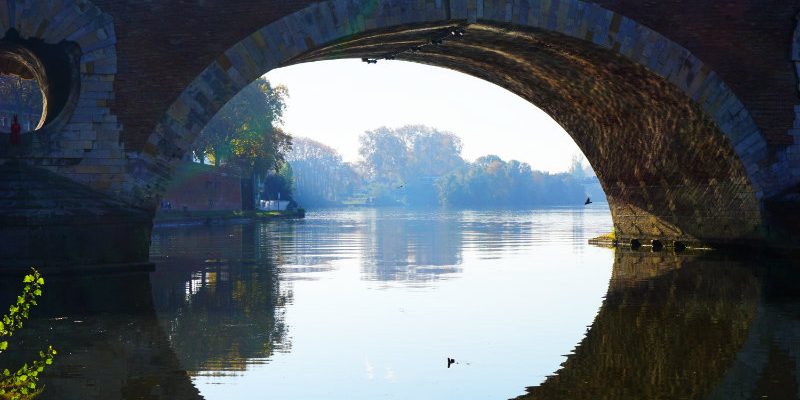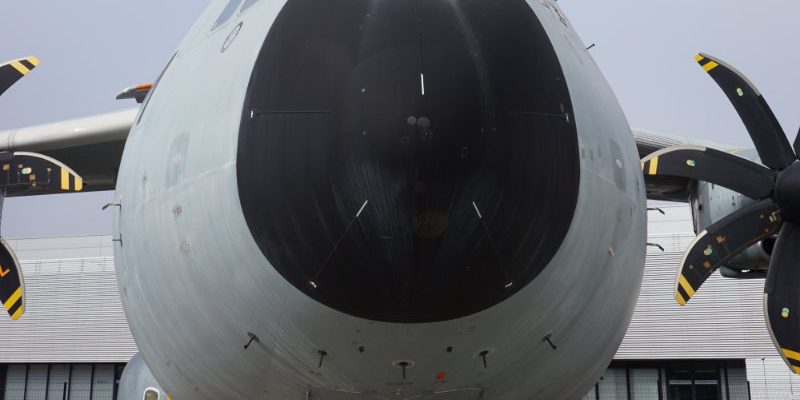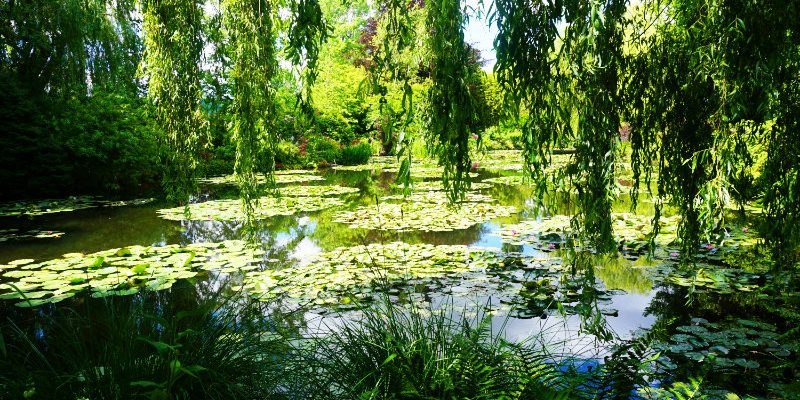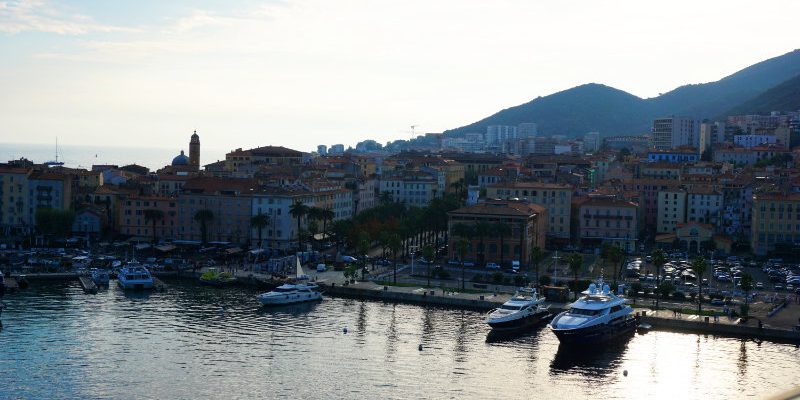Do you know Toulouse? We were a little unprepared when we arrived but explored some really lovely places on our discovery tour through the city. I’d like to introduce our two favourite ones.
France
The aeroscopia Toulouse – the Airbus Museum
Coming to Toulouse automatically means being around Airbuses. You already get to see the first Airbus machines that are waiting to be delivered when you arrive at the airport.
Continue Reading about The aeroscopia Toulouse – the Airbus Museum
Carcassonne is more than a board game
The train takes a little over an hour from Toulouse to Carcassonne. We are huge fans of the board game of the same name and so we simply had to go. We set off on our excursion on a Saturday morning.
Continue Reading about Carcassonne is more than a board game
Claude Monet – A visit to the famous lily pond
I don’ t really know a lot about art but I know who Monet was. That Monet lived near Paris and that one can visit his famous garden I was told by the daughter of a friend. She recommended a trip and followed her advice. Thanks, it was awesome!
Continue Reading about Claude Monet – A visit to the famous lily pond
Through Ajaccio with a Choo Choo Train
The first stop on the AidaPerla’s Mediterranean cruise is Corsica. After a day at sea, we are looking forward to our brief visit to Ajaccio.
Continue Reading about Through Ajaccio with a Choo Choo Train
One full day, two half days – Disney fun until complete exhaustion
This is how I would sum up our Disneyland trip: heavy legs, non-stop laughter, dodgy stomach, fun, queuing, wanting to have another go, asking when we are going to come back to Disney. If you want all the details, just keep reading!
Continue Reading about One full day, two half days – Disney fun until complete exhaustion





